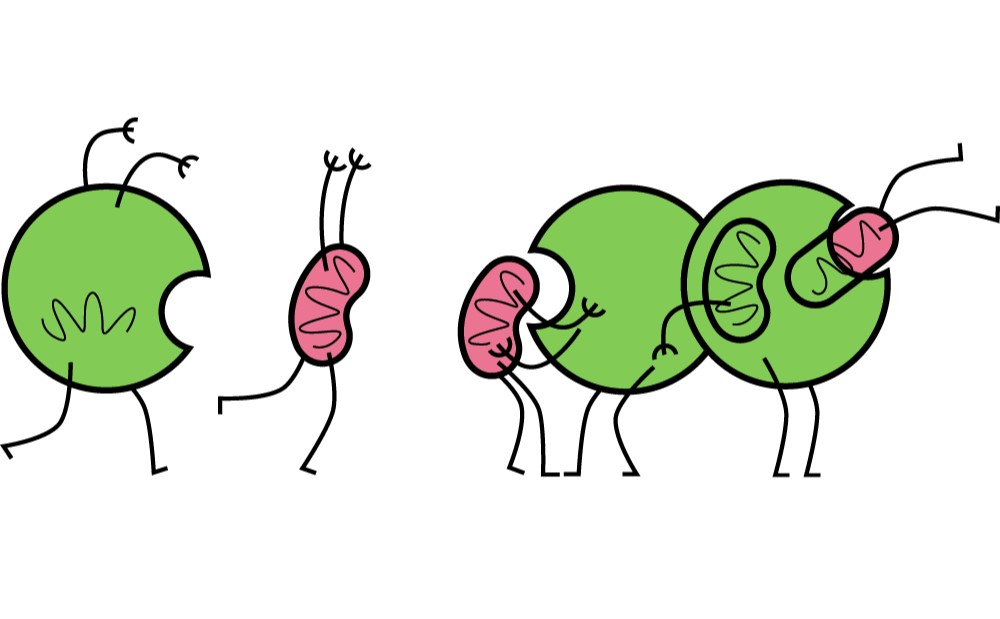by Nancy Mehlert, MS

What in the world is aah-TAAH-fuh-jee you ask? “Auto” means self and “phagy” means eat. Thus the literal meaning is “self-eating”. It is the natural way that the body cleans out accumulated debris, including toxins and damaged cells, to make way for regeneration of newer, healthier cells. Read What is Autophagy? for more information.
Your dietary choices have a direct impact, for better or worse, on processes like inflammation and autophagy. There are several dietary choices we can avoid if we want to stimulate autophagy. We will describe two of the most significant here and then list food-specific do’s and don’ts.
- mTOR, or the Mammalian Target of Rapamycin, is a complex protein that serves as the body’s most important nutrient pathway. When mTOR is stimulated, muscle-building is promoted. When mTOR is not stimulated, it instructs the cell to turn on the repair and maintenance processes, one of which is autophagy. Both actions are necessary. mTOR is stimulated when we eat large amounts of protein, preventing the body from effectively cleaning out debris and damaged cells. Virtually all cancers are associated with mTOR activation. When fully grown humans consume significant protein without doing adequate exercise to build additional muscle, then overstimulating the mTOR pathway becomes a very inflammatory process. Balance with protein is key. Yes we need it for essential bodily processes, but too much is harmful[i].
- Insulin is a hormone that controls nutrient storage. When we eat, we secrete insulin into the bloodstream to usher nutrients into the right storage places. If there are excess carbohydrates in the diet, they are converted by insulin to fat. The lower your average insulin level, the slower the aging process. Lower insulin levels activate autophagy; high levels, especially chronically, result in inhibiting autophagy, adding to inflammation, and ultimately leading to disease and faster aging.
With these two concepts in mind, here are dietary do’s and don’ts for staying young and healthy:
- Intermittent fasting even for a couple days a week for at least 16-17 hours will activate autophagy. An example of this would be to finish dinner by 7:00 p.m. and then sleep through the night not eating again until noon the next day. Water and coffee are fine during the fast.
- Examine Protein Intake. Reduce daily protein intake to 15-20 grams a few days a week. Many Americans consume 8-15 or more ounces of protein every day. Six ounces of meat is equivalent to 50 g of protein, a healthy range for a person weighing about 130-135 lbs. with 25% body fat. But in order to trigger autophagy, this amount can be lowered to 15-20 grams which equates to only 2 ½ ounces of protein. Most of us could reduce significant inflammation by increasing healthy fats and vegetables and reducing our meat portions.
- Examine Carbohydrate Intake. Depending on weight, age, height, metabolic rate, and health status, carbohydrate needs vary widely. With a Metabolic test, we can determine the correct carbohydrate intake for you to maintain your current weight, or lose weight.
- Eat at the same time each day and avoid snacking prior to bedtime (avoid food 3 or more hours before bedtime). Sleep is not for digesting, but rather restoration, healing, cleaning (autophagy) and resetting.
- Avoid sugars and processed foods, dairy, and hydrogenated oils. These foods hinder the role of your mitochondria where some autophagy occurs, diminishing their function and causing inflammation.
- More good autophagy-inducing foods include curcumin, organic green tea, organic coffee, Reishi mushrooms, ginseng, garlic, pomegranate, elderberries, ginger, and cinnamon.
If you are interested in your personal ideal carbohydrate and protein needs, call (281) 298-6742 to schedule an appointment with our Staff Nutrition expert, Nancy Mehlert MS, for a Metacheck and private nutrition consultation.
[i] J.Mercola, Fat for Fuel, (Carlsbad, CA: Hay House,Inc.,2017) p. 51-52.

